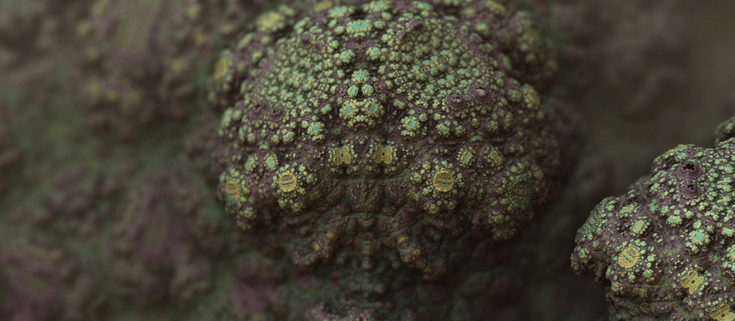
Mold is a serious problem in many homes. Mold can cause health problems like allergies, asthma, and other respiratory difficulties. The American Academy of Pediatrics warns that toxins from mold may seriously affect the health of babies and children. Mold is not only a health risk, it can also damage the building materials in your home.
If you see black, green, or brown discoloration on your walls and ceilings, you probably have a mold problem. Mold often grows in damp areas around the home. It’s important that you check around your home and find all sources of water contamination. Here are 12 gross places you should look for mold in your home.
1. Bathroom Ceilings
One of the most common places that people notice mold is on the bathroom ceiling. The mold may be coming from a water leak in the ceiling. Your bathroom may also be inadequately ventilated. Be sure to install a bathroom fan, or to keep the windows open during and after showers or baths.
2. Around and Behind Toilets
Water may be leaking from your toilet, causing a mold problem. Check the seals around the toilet. If you have frequent problems with overflowing toilets, check especially carefully. Be sure to check your walls and floors around the toilet. You may need to check under the flooring to see the problem.
3. Under Sinks
Another very common place to find mold is under the sink. Many sinks are not properly installed or have leaks in the water pipes. Check in and around your kitchen and bathroom sinks. If you have any leakage at all, it’s highly likely that you have mold there.
4. Around the Dishwasher
Dishwashers may leak and cause mold contamination. It may be necessary to move the dishwasher to check underneath for leaking. This is an especially important place to check because you may not know that your dishwasher has a leak if you do not move it.
5. In the Kitchen
When you cook or wash dishes, be sure to use an exhaust fan. The extra moisture from these activities may build up on the walls and ceilings and cause a mold problem.
6. Behind and Under the Washing Machine
Around the washing machine is another common place for mold to grow. Improperly tightened connections, not to mention floods and overflowing, may cause damp conditions and allow mold to grow around your washing machine. Be sure to move the washing machine and dryer out and check thoroughly behind and underneath them.
7. Closets
Closets are an enclosed space and may hide mold. In addition, mold can grow on clothes that are hung in a damp closet. If the roof or ceiling have leaked, the leak may be hidden in a closet. Be sure to check all of your closets when looking for mold. Shine a light into the dark corners and look for contamination. The ceiling and walls may be affected. The floor can also be affected if it is carpeted.
8. Attics
Another common place for mold to grow is in the attic. Roof leaks can provide a damp place for mold flourish. A damp attic should be well ventilated, since mold can grow on the ceiling, walls, and insulation. Install attic fans if possible.
9. Windows
A common place for water to enter the home is around an improperly sealed window. Water may enter around the place where the window is installed, and it may come from condensation on the window itself. If you notice condensation on your windows, you need better insulation. This will prevent condensation and make your home drier.
10. Bookshelves
A lesser-known place to check for mold contamination is on your bookshelves. Your books may be harboring mold. If you have serious allergies, it is best not to have large, overflowing bookshelves in your home. This is due to the possibility of mold and also because books can harbor large amounts of dust.
11. Floors
Mold may grow under carpeting, especially in finished basements or where the floors often get wet. Avoid putting carpet near any areas that have water fixtures. If you suspect mold in a certain area, you may need to pull up the carpet to check. Mold hidden under carpets is difficult to find.
12. Wherever Water has Leaked
If you notice any signs of water leaking in your home, do not ignore them. Mold can quickly grow out of control and cause health problems.
Contact Mold Zero for help in removing the dangerous mold contamination from your home. Mold Zero uses non-toxic methods to remove mold and prevent it from reoccurring. If you have mold problems, Mold Zero is there to help.




It made sense when you said that attics should be well ventilated to prevent mildew growth. According to my knowledge, it’s also common for mold and mildew to grow in crawlspaces as well as attics. It’s a good idea to work with a professional crawlspace encapsulation service for peace of mind that your home is protected from top to bottom.